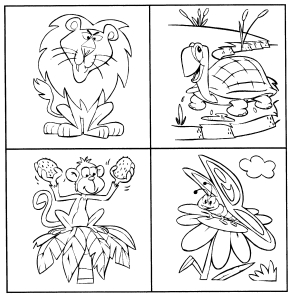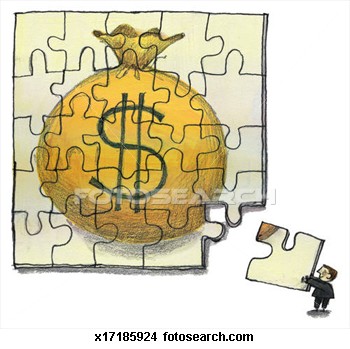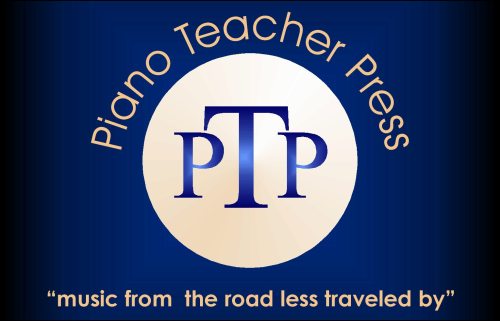Monkeys, Lions and Turtles (and even Butterflies) …….. OH MY!!
Four very different creatures. Four very different characters!! Let’s talk about each one.
What is the character of a MONKEY? Think of a word that describes a MONKEY? What’s your word?
My word is PLAYFUL.
********************
What is the character of a LION? What is your word that describes a LION?
My word is MAJESTIC. This is why LIONS are known as the KING OF THE JUNGLE.
********************
What is the first thing that pops in your mind when thinking of a TURTLE? What is your word?
My word is S—L—O—W. My mom would often tell me I was as slow as a turtle.
********************
Finally, what one word best describes the character of a BUTTERFLY?
That one is pretty tough. My word is FLIGHTY. Butterflies quickly bounce from place to place.
********************
Music can express these same characteristics. Music can be MAJESTIC. Music can be SLOW. Music can be PLAYFUL. Music can be FLIGHTY.
You are going to hear four excerpts of music. Listen closely to see if you can hear its characteristics. Is it MAJESTIC? Is it SLOW? Is it PLAYFUL? Is it FLIGHTY? Which animal is best pictured by each musical example. Are we listening to LION MUSIC or TURTLE MUSIC or MONKEY MUSIC or BUTTERFLY MUSIC?
SET ONE
Which of the four examples was MAJESTIC ….. which one was SLOW ….. which one was PLAYFUL ….. which one was FLIGHTY?
In no particular order you just heard …..
1) March from the Carnival of the Animals by Camille Saint Saens.
2) Concerto for Recorder, Oboe and Bassoon by Antonio Vivaldi.
3) Etude in G flat major by Frederic Chopin.
4) Offenbach melody from Carnival of the Animals by Camille Saint Saens.
Let’s try again with another set of musical examples!!
SET TWO
Listen to each example and ask yourself; which one of the four examples was MAJESTIC ….. which one was SLOW ….. which one was PLAYFUL ….. which one was FLIGHTY? Are we listening to LION MUSIC or TURTLE MUSIC or MONKEY MUSIC or BUTTERFLY MUSIC?
The MAGIC of music is that it can express almost anything even without using words. In fact, some people say music is one of the most powerful languages that humans can experience.
In no particular order you just heard …..
1) Birds from Carnival of the Animals by Camille Saint Saens.
2) Fragments for Woodwind Trio by Robert Muczynski.
3) Jupiter from the Planets by Gustav Holst.
4) Cello Sonata in D major (excerpt) by Johannes Brahms.
Thanks for listening to MR SEVERINO PRESENTS —Character in Music and until next time — KEEP PRACTICING!!
“Click” on the Piano Lessons PLUS picture to visit Piano Lessons PLUS WebSite.




